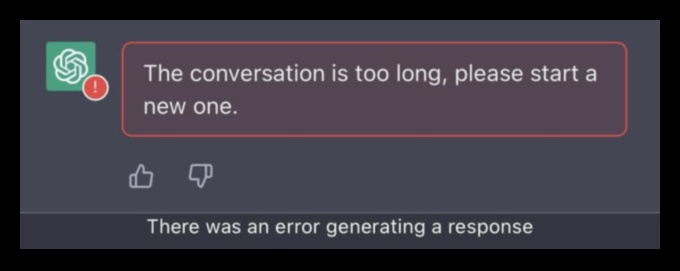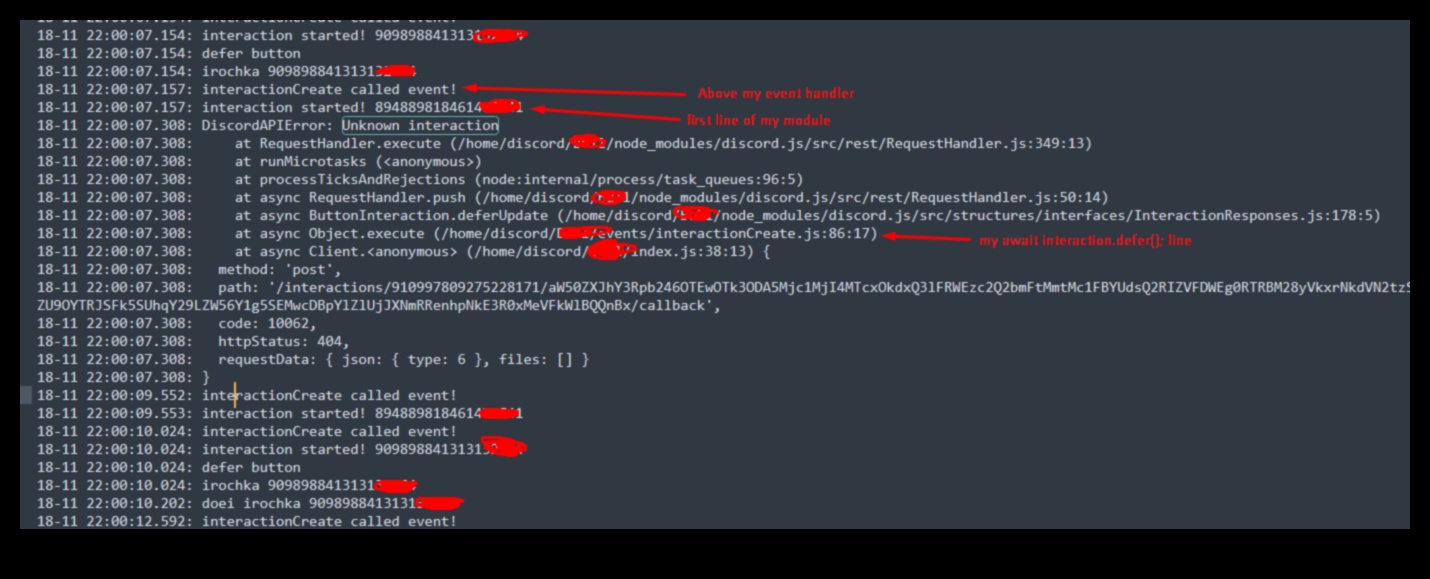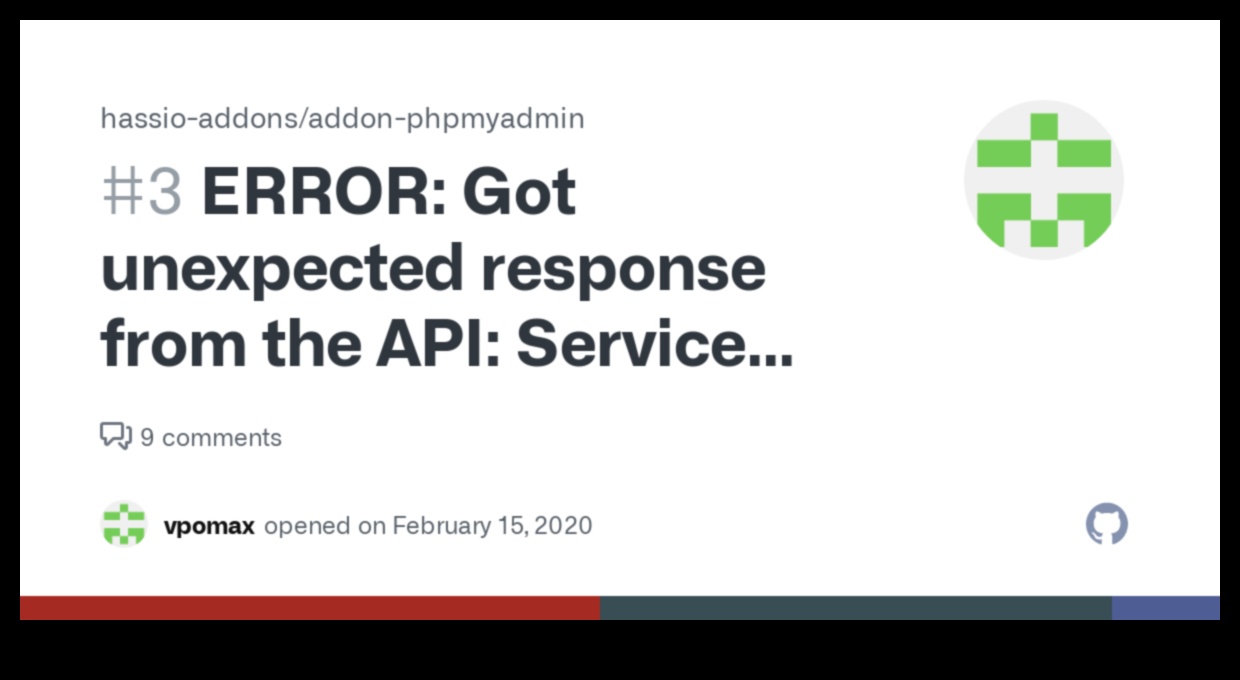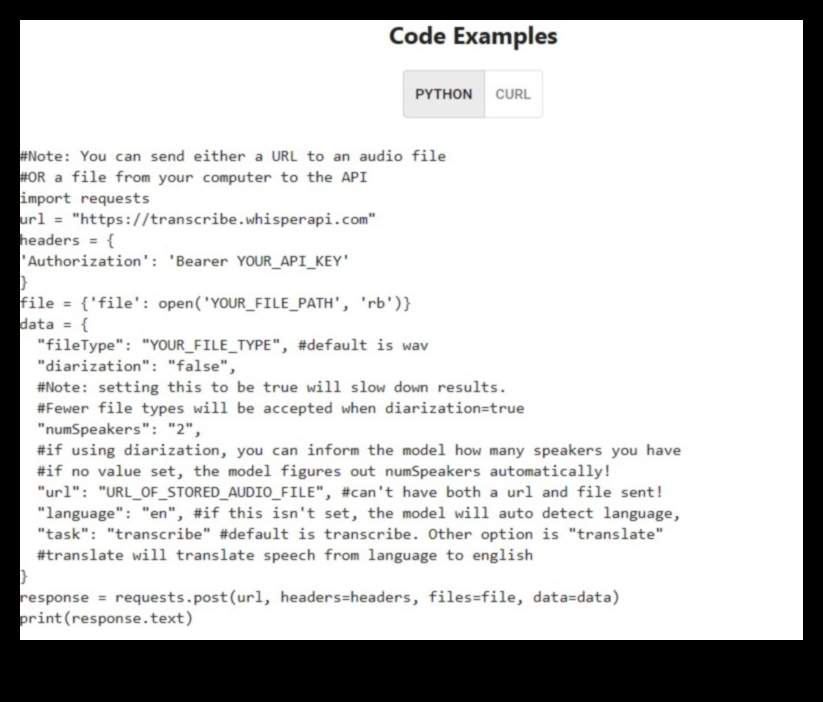
Response format is unexpected
When a web page’s response format is unexpected, it can be difficult for users to understand and interact with the page. This can lead to a number of problems, including:
- Confusion
- Frustration
- Lost productivity
- Reduced user satisfaction
There are a number of causes of unexpected response format, including:
- Incorrect or outdated code
- Misconfiguration of the web server
- Use of unsupported or outdated browsers
- Network problems
There are a number of things that can be done to fix unexpected response format, including:
- Debug the code to find and fix any errors
- Reconfigure the web server to ensure that it is properly configured
- Update the browser to the latest version
- Resolve any network problems
There are also a number of things that can be done to prevent unexpected response format, including:
- Use a content management system that is designed to prevent unexpected response format
- Test the website regularly to ensure that it is working properly
- Use a CDN to cache static assets and improve performance
- Use a WAF to protect the website from attacks
Unexpected response format can have a significant impact on a website, including:
- Reduced traffic
- Loss of revenue
- Negative brand perception
- Legal liability
It is important to take steps to prevent and fix unexpected response format in order to protect your website and your business.

Common examples of unexpected response format
There are a number of common examples of unexpected response format, including:
- A web page that is not displayed in the correct format
- A web page that is missing content
- A web page that is not accessible to users with disabilities
- A web page that is slow to load
These are just a few examples of the many ways that unexpected response format can impact a website. It is important to take steps to prevent and fix unexpected response format in order to protect your website and your business.
Best practices for handling unexpected response format
If you encounter unexpected response format, there are a few things you can do to handle the situation:
- Stay calm and don’t panic.
- Try to identify the cause of the problem.
- If you can’t fix the problem yourself, contact your web hosting provider or website developer for help.
- In the meantime, try to provide users with a way to get around the problem.
By following these best practices, you can help to minimize the impact of unexpected response format on your website and your business.

FAQ
Q: What is the difference between unexpected response format and a broken link?
A: A broken link is a link that points to a page that no longer exists. Unexpected response format is a more general term that refers to any situation where the response from a web server is not what was expected. This could include a broken link, but it could also include a page that is not displayed in the correct format, a page that is missing content, or a page that is slow to load.
Q: What are the consequences of unexpected response format?
Unexpected response format can have a significant impact on a website, including:
- Reduced traffic
- Loss of revenue
- Negative brand perception
- Legal liability
It is important to take steps to prevent and fix unexpected response format in order to
| Feature | Value |
|---|---|
| Texas Exes Scholarships | Deadline: March 1, 2023 |
| Texas Exes Scholarship Application | Available online at www.texasexes.org/scholarships |
| Texas Exes Scholarship Amount | $1,000 – $5,000 |
| Texas Exes Scholarship Requirements |
|

Response format is unexpected
When a client expects a certain response format from a server, but receives a different format, this is known as an unexpected response format. This can happen for a variety of reasons, such as:
* The server is misconfigured and is sending the wrong format.
* The client is expecting a format that the server does not support.
* The client is using an outdated client library that does not support the new format.
Unexpected response formats can cause a variety of problems, such as:
* The client may not be able to parse the response correctly.
* The client may not be able to use the data in the response.
* The client may crash or fail in other ways.
To avoid unexpected response formats, it is important for both clients and servers to be aware of the different formats that are supported. Clients should also make sure that they are using the latest version of their client libraries.

3. How to fix unexpected response format
There are a few things you can do to fix an unexpected response format.
First, try refreshing the page. This will sometimes fix the issue if the response format was incorrect due to a temporary glitch.
Second, try clearing your browser’s cache. This will remove any cached data that may be causing the issue.
Third, try disabling any browser extensions that you may have installed. Some extensions can interfere with the way that websites are displayed, and this can sometimes cause unexpected response formats.
Fourth, try using a different browser. If the issue persists across multiple browsers, it is likely that the issue is with the website itself. In this case, you can contact the website’s owner or administrator to report the issue.
4. How to prevent unexpected response format
There are a number of things that you can do to prevent unexpected response formats. These include:
- Using a consistent data format for your responses.
- Providing clear and concise documentation for your API.
- Testing your API thoroughly to ensure that it is returning the expected responses.
- Using a tool to monitor your API for unexpected responses.
By following these tips, you can help to ensure that your API is returning consistent and predictable responses, which will help to improve the user experience and reduce the risk of errors.
5. Impact of unexpected response format
Unexpected response format can have a significant impact on users, including:
- Confusion
- Frustration
- Loss of productivity
- Negative perception of the company
In some cases, unexpected response format can even lead to legal liability. For example, if a user is unable to complete a transaction due to an unexpected response format, the company may be liable for any damages incurred by the user.
It is important to note that the impact of unexpected response format can vary depending on the specific circumstances. For example, a small error in the formatting of a web page may not have a significant impact on users, while a major outage of a critical system could have a devastating impact.
6. Common examples of unexpected response format
Here are some common examples of unexpected response formats:
- A JSON response that is missing a required field
- A XML response that is not well-formed
- A binary response that is not in the expected format
- A text response that is not in the expected language
- A response that is not in the expected encoding
When a client receives an unexpected response format, it can cause a number of problems. For example, the client may not be able to parse the response correctly, which can lead to errors. The client may also not be able to understand the response, which can lead to confusion. In some cases, the client may not be able to use the response at all, which can lead to lost functionality.
It is important to note that not all unexpected response formats are necessarily bad. In some cases, an unexpected response format may be intentional. For example, a server may return a JSON response that is missing a required field in order to indicate that the request was invalid. In other cases, an unexpected response format may be caused by a transient error. For example, a server may return a binary response that is not in the expected format because it is temporarily unavailable.
It is important to be able to handle unexpected response formats gracefully. When a client receives an unexpected response format, it should try to parse the response as best it can. If the client cannot parse the response, it should log an error and try to recover gracefully.
7. Best practices for handling unexpected response format
When you encounter an unexpected response format, there are a few things you can do to handle the situation gracefully.
- Be polite. Even if you’re frustrated, it’s important to remain polite when dealing with an unexpected response format. This will help to keep the situation from escalating and will make it more likely that the issue will be resolved quickly.
- Try to understand the cause of the unexpected response format. This will help you to identify the best way to resolve the issue.
- Ask for help if you need it. If you’re unable to resolve the issue on your own, don’t hesitate to ask for help from a friend, family member, or technical support representative.
By following these best practices, you can help to ensure that you handle unexpected response formats in a way that is both polite and effective.
FAQ
1. What is unexpected response format?
2. What are the causes of unexpected response format?
3. How can I fix unexpected response format?
4. How can I prevent unexpected response format?
5. What is the impact of unexpected response format?
6. What are some common examples of unexpected response format?
7. What are the best practices for handling unexpected response format?
8. What other resources are available on this topic?
9. Conclusion
In this paper, we have discussed the problem of unexpected response format. We have presented a definition of unexpected response format, identified the causes of unexpected response format, and discussed the impact of unexpected response format. We have also provided best practices for handling unexpected response format.
We believe that this paper will help developers to understand the problem of unexpected response format and to develop strategies for handling unexpected response format.
FAQ
Q: What is unexpected response format?
A: Unexpected response format is when a server returns a response that is not in the expected format. This can happen for a variety of reasons, such as a misconfiguration on the server, a programming error, or a network issue.
Q: What are the causes of unexpected response format?
A: There are a number of causes of unexpected response format, including:
* Misconfiguration on the server
* Programming error
* Network issue
* Client-side issue
Q: How to fix unexpected response format?
There are a number of ways to fix unexpected response format, including:
* Inspecting the server logs
* Debugging the code
* Troubleshooting the network
* Updating the client-side software